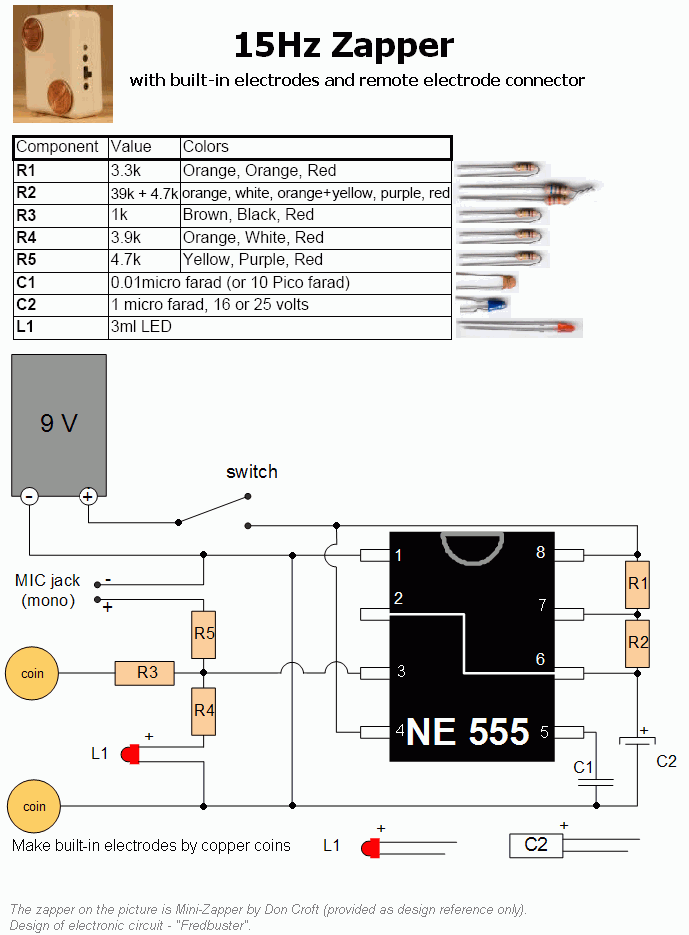cidpusa.org
Guide Zapper Circuit
15 Hz zapper

- Dematomyositis
- Trigger factors fibromyalgia
- back surgery.
- Neck pain
- Facet Joints pain
- Injuries
- Injuries
- Pain in body
- Common pain
- back pain
- D for pain
- avoid osteoporosis
- CIDP-family issue
- FMS CFS
- Symptoms FMS
- Cardiomyopathy
- Peripheral Neuropathy
- ALS & CIDP
- Types of neuropathy
- Altitude neuropathy
- help for heart
- safe hair color
- help for Diabetics
- skip mammogram
- help for prostate
- help for vitamins
- help for toxicity
🌞